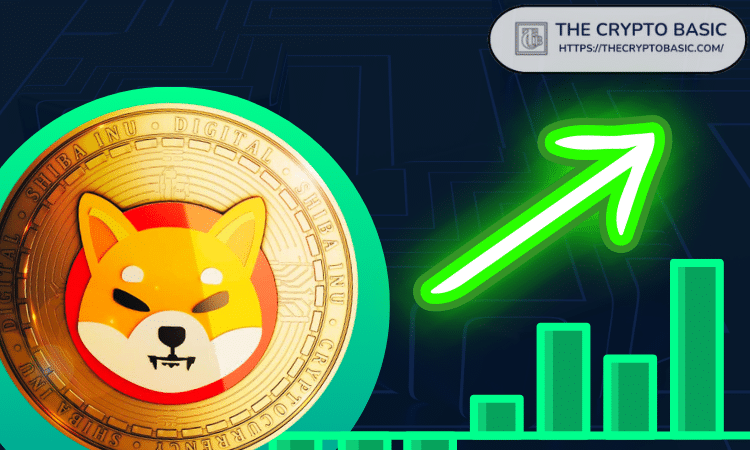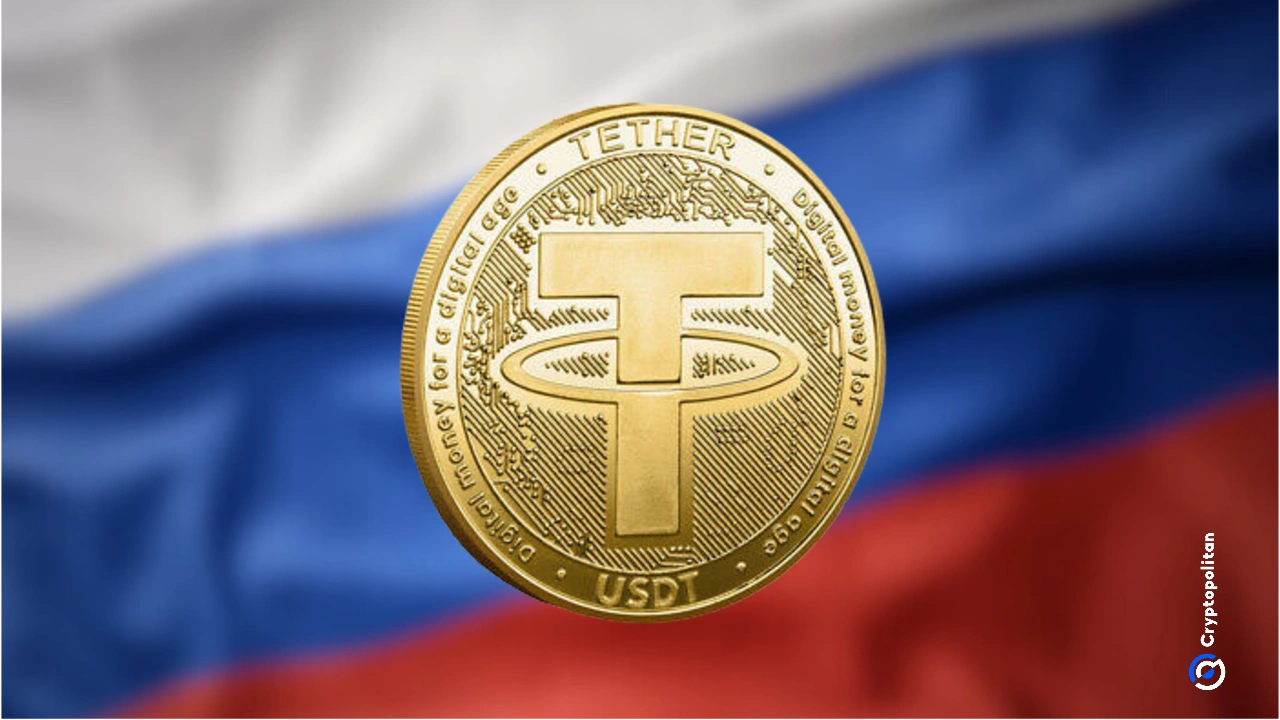- USDT leads with $144B cap, capturing 63% of the total stablecoin market share.
- Stablecoin market cap rose 9.61% between January and April 2025.
The stablecoin sector saw record-breaking growth in the first quarter of 2025.
According to data from IntoTheBlock, the total stablecoin supply hit $220 billion by April 2025, before rising to $233.47 billion by the first week of April. It goes on to show three things.
Rising institutional adoption, increased demand for on-chain liquidity, and the centralization of market power between two dominant issuers: Tether (USDT) and USD Coin (USDC).
USDT’s status as crypto’s de facto liquidity engine
USDT boasted a commanding $144B+ market cap, translating to 63% of total stablecoin supply. USDC, while trailing, has reclaimed momentum with a market cap of $59B and a 27% share.
Together, these two juggernauts control over 90% of the entire stablecoin market—leaving little room for challengers and pointing squarely to a centralized power dynamic.
This growth aligns with Circle’s upcoming IPO plans
Recently, Circle filed to go public under the ticker “CRCL” on the New York Stock Exchange.
Backed by JPMorgan and Citigroup, Circle eyes a $5B IPO—despite net income sliding 42%, from $268M to $156M.
Still, the timing is no accident. The growing stablecoin market offers a favorable backdrop for such a move, potentially rekindling institutional interest at scale.
Stepping back, the stablecoin market grew from $206B in January to $225.8B in April, marking a 9.61% increase in just three months. However, this momentum isn’t universal.
DAI, FRAX, and TUSD saw sluggish growth, clinging to under 10% of market share—a clear signal of weak traction.
Ethereum still leads, but Tron is catching up
From a platform perspective, Ethereum [ETH] remains the stronghold, hosting 53.39% of all stablecoins. Tron follows with 28.55%, while Solana [SOL], BSC, Base [B3], and Arbitrum [ARB] share the remaining fragments.
This distribution, while consistent with past trends, subtly hints at a platform bifurcation, where Layer 1 and Layer 2 chains increasingly specialize.
Having said that, while supply has surged, exchange activity paints a more volatile picture.
February 2025 recorded peak inflows and outflows at $106.57B and $106.01B, respectively. Yet by March, the tide turned: net outflows hit -$2.9B, the largest quarterly drop.
April then saw a sharp cool-off, with both inflows and outflows plunging over 80% from March levels.
On top of that, the 31st of March witnessed the largest single-day outflow—a striking $1.54B, following a hefty $1.39B inflow on the 3rd of February.
So where does this leave the sector?
On one hand, stablecoin supply is scaling high, and USDC’s rebound—coupled with IPO news—is reigniting institutional optimism.
On the other, falling exchange flows may signal market fatigue, profit-taking, or a pivot to long-term holding strategies.
The coming quarters will reveal whether a broader decentralization is possible—or whether stablecoins will continue operating under a tight, two-player regime.
















No comments yet